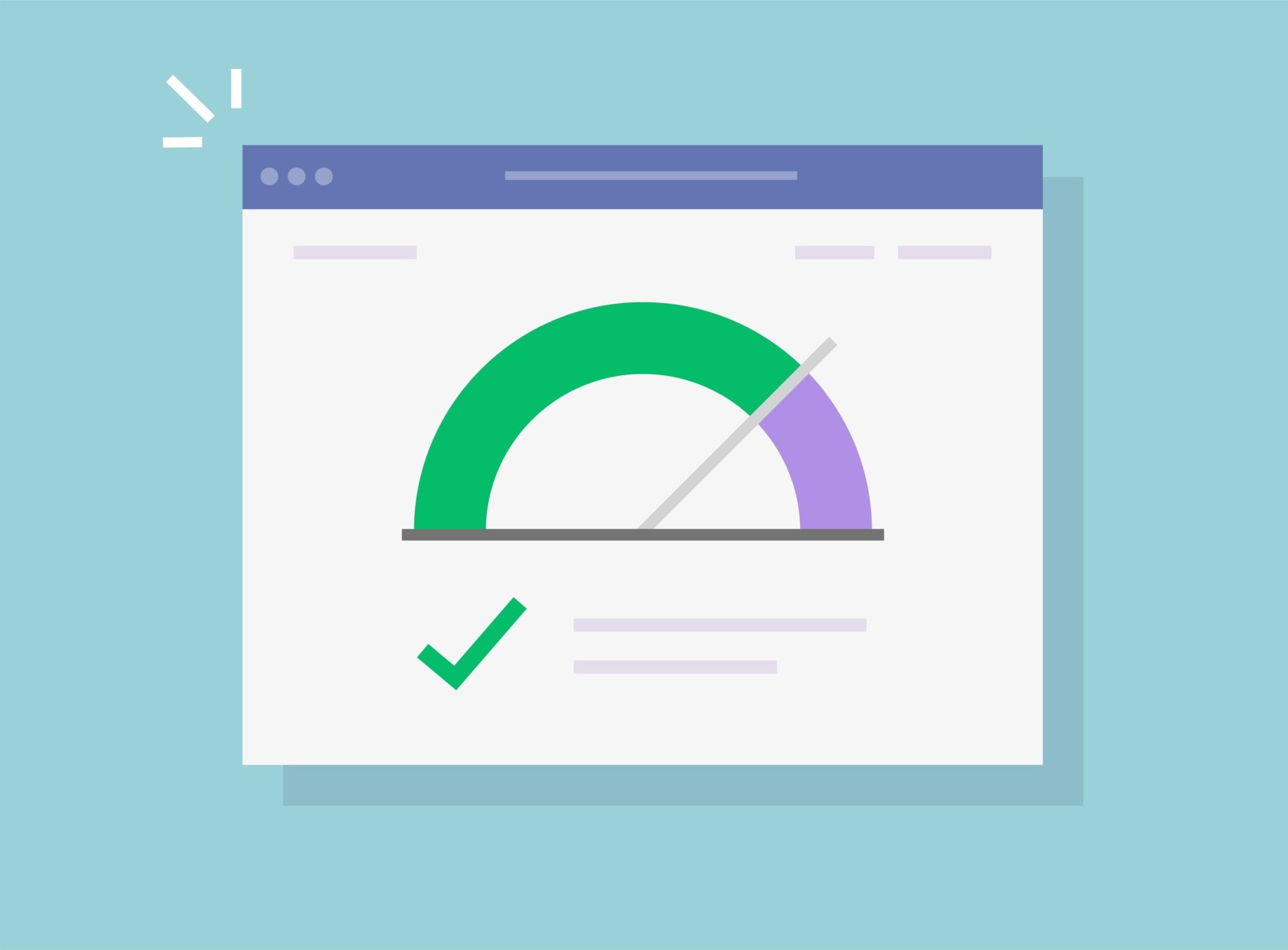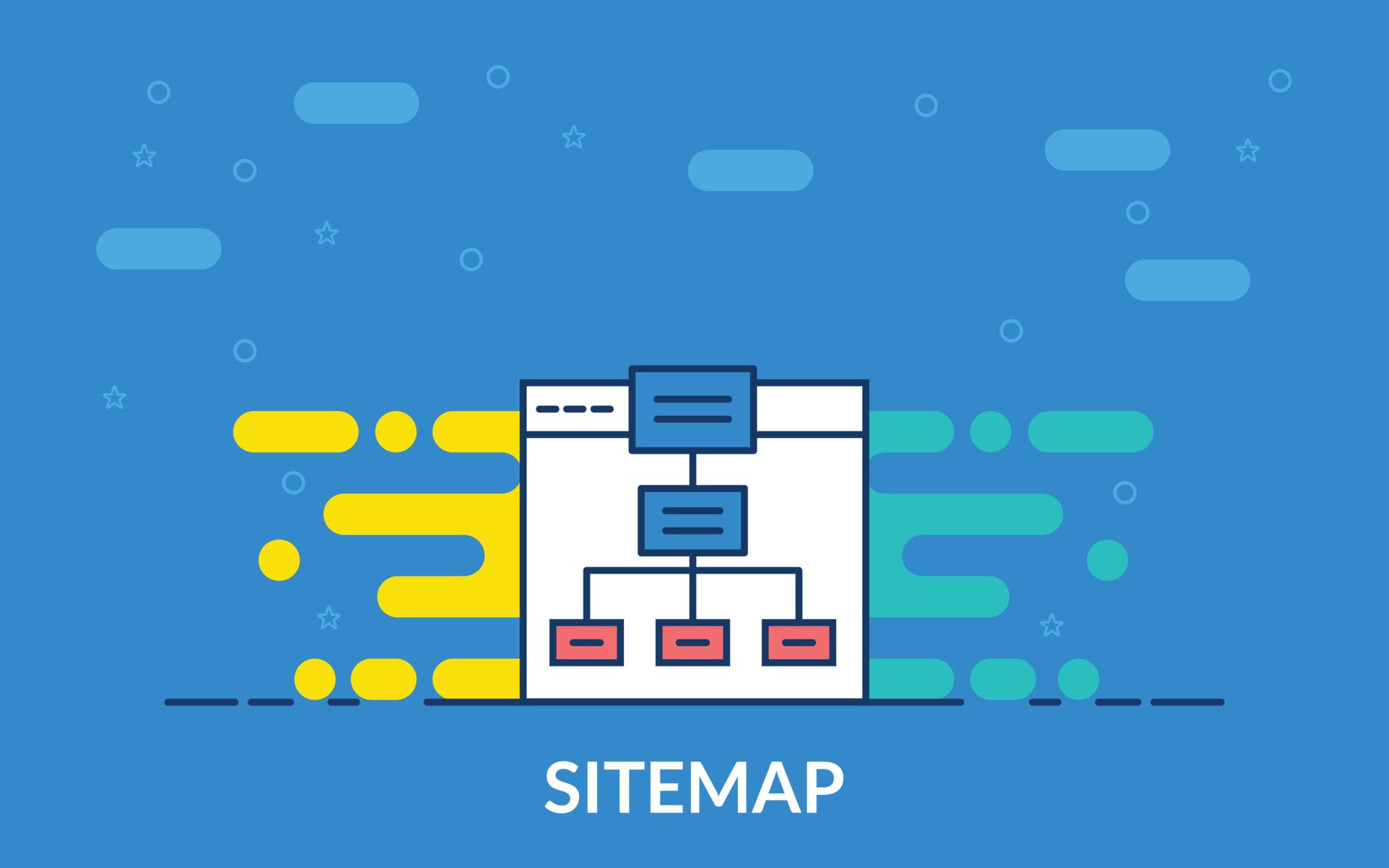Many aspects of digital marketing and advertising change periodically as a result of emerging channels and shifts in consumer behavior. For instance, many are now anticipating that Apple is on track to launch its own search engine in the near future. Likewise, you might’ve heard about “Clubhouse,” a new audio-based social media app that could alter the social platform scene. These kinds of creative innovations are popping up every day, transforming and disrupting our digital landscape. But perhaps nothing changes and evolves more than Search Engine Optimization (SEO) and the functionality that can be updated and applied to your website.
We’ve put together twelve SEO tasks that you or your most capable team member can work to accomplish in Q1 of this year, setting you up for success for the rest of the year and beyond. Some of these items are important updates that were done in the second half of 2020, while others are fundamental Technical SEO tasks that tend to provide huge benefits when executed correctly.
1. Updating for Core Web Vitals

I’d like to start with this one—not necessarily because it is the most important, but because it should be a focal point for updating your website since it affects User Experience. It’s also something Google is pushing webmasters to do with the ferocity of the Mobileocalypse of 2014–2015.
Core Web Vitals are a set of specific factors that Google considers important in a webpage’s overall user experience. Core Web Vitals are predominantly focused on a set of metrics related to speed, responsiveness, and visual stability. In other words, Core Web Vitals are Google’s way of sizing up your page’s overall user experience.
You’ll be able to see how you shape up according to the new criteria.
Your Google Search Console also pulls in some data about Core Web Vitals for your website. Though Google is stating that this will affect your SEO/visibility by no later than August 2021, it is good for your development team to get to it sooner rather than later.
2. Implementing Today’s Most Recent Structured Data to Enhance Your SERPs
One of my big predictions for the future of Google search results is that Google will attempt to provide answers and actions consumers can take directly from the SERP. Google can’t control your user experience once you click a result that takes you to a privately owned website, so why wouldn’t they attempt to answer your questions without the clickthrough beyond their clutches?
FAQ-structured data has come into the fold, oftentimes without even offering a clickthrough for the expanded answer within the results:
Review-structured data offers social validation of the result and, when coupled with a meta description offering contact information such as a phone number, encourages a user to contact the business directly from the SERP.
Learn More Here: https://www.marketmymarket.com/what-is-schema-markup-and-why-is-it-important/
3. Use a Tool to Take the Guesswork Out of Great On-Page SEO
Even an experienced, knowledgeable SEO can use the assistance of a tool in applying top-notch on-page SEO to web pages, articles, blogs, and so on. If we were to consult a checklist, we would know generally what goes into strong on-page SEO, reciting it off like a mnemonic device in grade school:
- Meta information (title, description)
- Internal/external linking
- Proper H tags
- Keyword insertion/density
- Complementary assets, such as videos and images
- EAT standards, such as awards, accolades, authorship, etc.
- Content uniqueness and length of content
Though SEOs may look at on-page optimization as a nuanced checklist of best practices, it can be very mathematical and quantifiable in practice to apply the above list of on-page aspects. A tool, such as Page Optimizer Pro or SurferSEO, will be able to apply metrics and suggestions to each page you analyze.
Learn More Here: https://www.oberlo.com/blog/seo-tools
4. Cleaning up Your Backlink Portfolio with a Trustworthy SEO Tool
Backlinking is arguably the most elusive part of an SEO strategy. We know that backlinks are absolutely essential to building authority to your website and, in turn, garnering more visibility for our content and competing for strong keywords. To that end, a site with authority is one that’s content-driven, respected, and a go-to and trusted source of information. Backlinking creates this authority and makes people trust the advice and recommendations from the site. Still, it’s easy to lose grasp on what backlinks we’re actually acquiring, and whether they’re valuable or not.
Fortunately, there are numerous tools available that find large portions of the backlinks pointing to our websites. Among the most common are Ahrefs, Spyfu, Majestic, and SEMRush. For anyone that has ever wondered what backlinks they are naturally getting from other websites (and frankly, what backlinks their SEO agency or freelancer is claiming to build for them), these tools will completely remove the veil.
Since the emphasis of this point is the “cleaning up” portion of backlinks, we have to first identify what most SEOs objectively agree are poor links worth cleaning up/removing:
- Links with a very low “authoritative” score, which varies from tool to tool. No matter the tool, authority scores of 10 or below may be worth removing.
Links coming from country domains that tend to be a source of inordinately spammy links, like .ru and .in. - Links from urls with suspicious odd-looking character strings, especially with subdomain usage, which is common from something like blogspot.com.
- Recurring links that are very heavy on vanity anchor text, meaning the backlink anchor text is using mostly keywords (“Orlando car accident lawyer”, “Kansas probate lawyer”), which in a high quantity is unnatural because people aren’t often using the exact match keyword to link to another website.
Cleaning up links could be as easy as making changes to the other websites you may have access to, requesting that website to make edits to the backlinks you’d want, or using Google’s link disavow tool. As Google states, use with extreme caution.
Learn More Here: https://www.semrush.com/blog/what-are-backlinks/
5. Revising Sitemaps and Checking Your Site’s Index
Based on dozens of site audits we did in 2020, sitemaps typically have several different issues: too many sitemaps (10+); sitemaps for inconsequential content (authors, tags, categories); and sitemaps that shouldn’t exist at all (pointless assets, plugins). At the end of the day, sitemaps are for search engines to have a better idea of how content on your website is mapped out, and if you’re encouraging search engines to crawl dozens of tag pages for your blog instead of your main products and services, that’s a big disservice to your website.
As far as ensuring all the content on your website is being indexed, there are two quick ways to do that:
- Doing a Google search that includes “site: domain.com” and checking for discrepancies between what is included within the Google index and what’s on your website.
- Going on Google Search Console and seeing how many pages are indexed (or have crawl errors) within the “coverage” section.
6. Running the Site Through a Plagiarism Check
A plagiarism check isn’t necessarily to keep your writers and agencies accountable while generating content; it gives you the peace of mind to know your competition isn’t lifting your content. I believe that the debate about plagiarized content hurting your website has been mitigated over the years, as we’ve done numerous experiments showing that thousands of pages of content on your site that are 99% similar still perform.
7. Doing a Round of Citation Building and Cleanup
Over time, the NAP (Name, Address, Phone Number) of your business can get skewed across many business citations and directories. Frankly, it should be PAWN (Phone, Address, Website, Name), since a URL is commonly included here as well.
Websites like BrightLocal and WhiteSpark do a great job not only building new directories, but assessing existing ones that should be cleaned up. Yext is removed from this list typically because of their handcuff approach to an annual ransom for your directories, reverting back to incorrect information if you should decide to discontinue.
Citations have a direct impact on how search engines perceive your position in the grand scheme of things online, from a physical aspect. They have been known to impact your visibility on local aspects of online search, such as Google My Business.
Learn More Here: https://www.marketmymarket.com/what-are-the-benefits-of-building-profiles-on-legal-directories/
8. Understanding What Features and Functionality Bog Down Your User Experience
Websites are as flashy now as they’ve ever been (without actually using Flash, fortunately), but even with more reliable hosting vendors, faster computing power, and speedy internet connections, user experience can still fall by the wayside in a snap if your website is taking even five seconds to load.
While this does tie in to an extent with Core Web Vitals, the straightforwardness of this point is much more apparent, and it’s usually worth assessing when your website has started to become overly complicated. Plugins, chat features, pop-ups, freemiums, autoplayed video—these are all things we may add to our website here and there without realizing the detriment they eventually bring to user experience.
9. Content Analytics and Action Items
How often do you check the organic traffic your website is bringing in? If you do this on the whole, how about at the page level? What about separating the pages by geo pages, practice area pages, blogs, long-form articles, FAQs, case results, testimonials, and so on?
For websites that engage in a thorough content strategy, analytics are absolutely essential for simply knowing what’s working and what’s not. Once you are able to identify what pages are not performing as well as you hoped (low conversions, low traffic, high bounce rate), there needs to be a plan of action, which I have unceremoniously coined “RRRC”:
- Remove – content isn’t relevant at all any longer and proves no value, such as bio pages for former employees or news from over five years ago.
- Redirect – content that may have been popular at one point but doesn’t provide value to your website any longer. This will redirect to a newer page with similar content, passing along any value it may have received before, in the form of backlinks. Consider a “Best X of 2017” list you created that got a lot of traction. This would redirect to a “Best X of 2021” page you are creating.
- Reoptimize – content that should be performing better, but isn’t up to date with newer Google standards, is thin on content, and/or never had on-page SEO or meta information applied. This is likely the best action once a page has low traffic, and in some instances, direct page-level backlinks could be required to help the page.
- Consolidate – keyword cannibalization is a common trend on many websites, so two underperforming pages on a website with similar content/themes may be worth combining into one much stronger page that Google can focus on as the main page showcasing that specific topic.
Learn More Here: https://www.marketmymarket.com/10-reasons-your-on-page-content-isnt-working/
10. Export Nearly Endless Invaluable Information from Google Search Console
Google Search Console is almost infinitely helpful at giving you insight on your website and how it fits into the world of SERPs. There isn’t much I can summarize here that would do this part justice, so please refer to the link below to learn about the ways GSC can elevate your content and SEO to new heights.
Learn More Here: https://ahrefs.com/blog/google-search-console/ and https://www.marketmymarket.com/is-my-content-ranking-for-keywords/
11. Content Refreshing and Updating

We’ve observed in competitive markets that competitive keywords are normally tied to pages with exponentially increasing word counts. For example, the average high-ranking page in LA for car accidents may be around a 5,000 word count, but in Houston, the same keywords may be 10,000+.
Learn More Here: https://www.marketmymarket.com/reoptimizing-underperforming-and-old-content/
12. Confirming Your Mobile Experience Is Prepared for 2021 and Beyond
Since mobile traffic for most websites has been 70% or higher for a while now, ensuring that your mobile user experience still makes sense and flows is worth checking at least a few times a year, especially when doing updates that are viewed primarily on desktop.
Need Some Assistance? SEO Specialists at Market My Market
Executing a checklist of best practices will ensure that you’re utilizing the right approach to search engine optimization and, in turn, bringing leads to your company. At Market My Market, we’ve got the tools to develop your online presence and the data to back it up. With a creative strategy and a dedicated marketing crew, you can take advantage of the most effective SEO methods. To get started, contact us for a free legal marketing consultation.

The ongoing digital revolution is transforming the way that all businesses interact with clients and customers. Consumers rely heavily on digital channels for researching products and services and expect to make buying choices with the swipe of a finger. For organizations that want to remain competitive, having a defined digital marketing strategy and execution plan is essential for successful outcomes. With a demonstrated history of creating and implementing strategic digital marketing initiatives that drive growth, I am committed to delivering real, measurable results for my clients.





